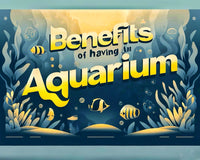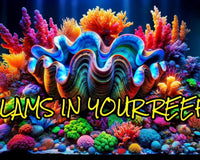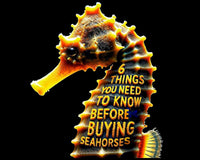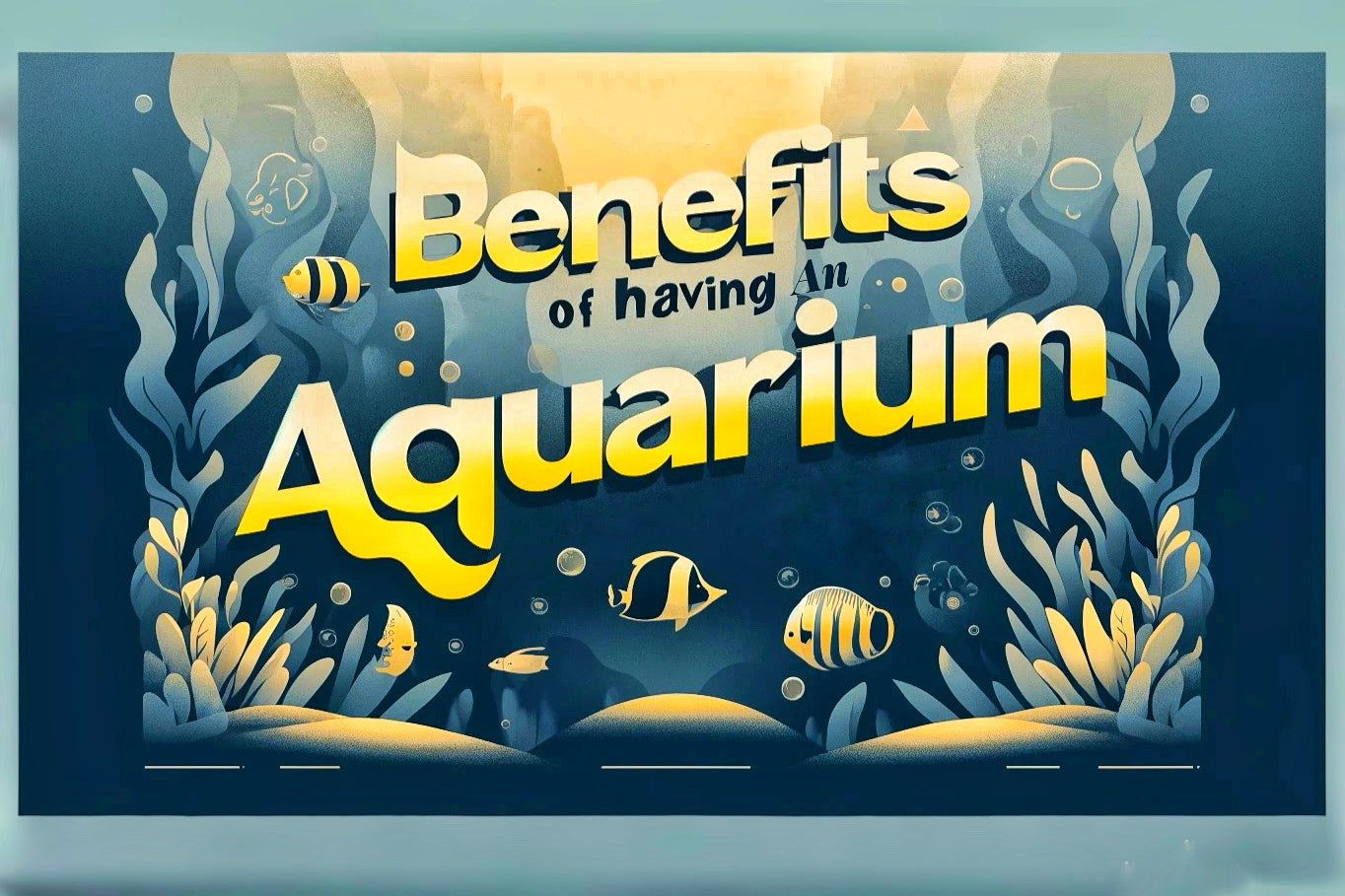Sea Hares: The Large Marine Mollusks
Reef aquariums are home to a myriad of fascinating marine creatures, each contributing uniquely to the ecosystem’s balance and diversity. Among these intriguing inhabitants, sea hares stand out due to their size, distinctive appearance, and beneficial role in maintaining algae control. This comprehensive guide will explore the characteristics of sea hares, their care and maintenance in a reef aquarium, and their ecological importance.
What Are Sea Hares?
Sea hares belong to the order Anaspidea within the class Gastropoda. These large marine mollusks are named for their rabbit-like appearance, with “ears” that are actually rhinophores (sensory organs). Sea hares are soft-bodied, with an internal shell or no shell at all, making them more flexible and less protected than other mollusks.
Key Characteristics:
• Appearance: Sea hares have a soft, elongated body with wing-like parapodia that they use for swimming. Their coloration ranges from green and brown to purple, depending on their diet and habitat.
• Size: They can grow quite large, with some species reaching up to 12 inches (30 cm) in length.
• Behaviour: Sea hares are generally peaceful and slow-moving, often found grazing on algae-covered surfaces.
Types of Sea Hares
There are several species of sea hares commonly found in reef aquariums, each with unique characteristics. Here are a few notable species:
1. Dolabella Sea Hare (Dolabella auricularia)
• Description: Known for its flattened, oval body and olive-green coloration with brown spots.
• Habitat: Prefers sandy and muddy bottoms in shallow waters.
• Diet: Feeds primarily on algae, including macroalgae and cyanobacteria.
2. California Sea Hare (Aplysia californica)
• Description: Recognisable by its large size and reddish-brown colour with black spots.
• Habitat: Found in rocky intertidal zones and shallow sub tidal areas.
• Diet: Consumes a wide variety of algae, including red, green, and brown algae.
3. Spotted Sea Hare (Aplysia dactylomela)
• Description: Features distinctive ring-shaped black spots on a pale green or brown body.
• Habitat: Commonly found in seagrass beds and coral reefs.
• Diet: Primarily herbivorous, feeding on various types of algae.
4. Black Sea Hare (Aplysia vaccaria)
• Description: One of the largest species, with a dark black or brown body.
• Habitat: Prefers rocky coastal areas and kelp forests.
• Diet: Feeds on a variety of macroalgae, particularly brown algae.
Care and Maintenance in Reef Aquariums
Keeping sea hares in a reef aquarium can be rewarding, but it requires careful attention to their specific needs. Here’s a detailed guide to their care and maintenance:
Tank Setup and Environment:
1. Tank Size:
• Provide a sufficiently large tank to accommodate the size and activity level of sea hares. A minimum of 50 gallons is recommended for smaller species, while larger species may require much bigger tanks.
2. Water Parameters:
• Maintain stable water conditions with temperatures between 72-78°F (22-26°C), salinity levels of 1.023-1.025 specific gravity, and a pH of 8.1-8.4.
• Regular water changes and efficient filtration are crucial to prevent the buildup of waste and maintain high water quality.
3. Lighting:
• Moderate lighting is sufficient for sea hares. Proper lighting will support the growth of algae, their primary food source, while avoiding excessive algae growth.
4. Water Flow:
• Provide moderate water flow to ensure proper oxygenation and nutrient distribution. Avoid strong currents that could dislodge the sea hares from their preferred locations.
5. Substrate and Rockwork:
• Offer plenty of live rock and a suitable substrate to mimic their natural habitat. Ensure there are ample grazing surfaces for algae growth.
Feeding and Nutrition:
1. Diet:
• Sea hares are primarily herbivores, feeding on various types of algae. Supplement their diet with nori (dried seaweed), spirulina, and other algae-based foods.
• Ensure a steady supply of algae in the tank to meet their dietary needs. In cases of insufficient natural algae, provide commercial algae wafers or pellets.
2. Feeding Frequency:
• Feed sea hares daily, providing enough food to keep them healthy without overfeeding the tank.
Compatibility with Other Tank Inhabitants:
1. Fish:
• Sea hares are generally peaceful and can coexist with a variety of reef-safe fish. Avoid housing them with aggressive or predatory fish that may harm them.
2. Invertebrates:
• They can be compatible with other reef-safe invertebrates, such as shrimp, snails, and non-aggressive crabs. Monitor interactions to ensure harmony in the tank.
3. Corals:
• Sea hares are generally reef-safe and will not harm corals. Their grazing habits can help control algae growth around corals, benefiting the overall health of the reef.
Challenges and Considerations
While sea hares offer numerous benefits, there are a few challenges and considerations to keep in mind:
1. Sensitivity to Water Quality:
• Sea hares are sensitive to changes in water quality and can be negatively affected by poor conditions. Regular monitoring and maintenance are essential to prevent stress and health issues.
2. Feeding Needs:
• Ensuring sea hares receive adequate nutrition can be challenging, especially in tanks with low natural algae levels. Consistent supplementation is necessary to meet their dietary requirements.
3. Predation Risk:
• Small or juvenile sea hares may be at risk of predation from larger tank inhabitants. Provide ample hiding spaces to reduce this risk.
4. Defence Mechanisms
• When threatened, sea hares can release a purple ink that can cloud the water. While not harmful in small amounts, it can affect water clarity and quality if released in large quantities. Ensure proper filtration to mitigate this.
Ecological Role and Benefits
Sea hares play a vital role in maintaining the health and balance of reef ecosystems through their grazing activities.
Ecological Roles:
1. Algae Control:
• Sea hares are effective algae grazers, helping to control algae growth in the tank. This prevents algae from overgrowing and outcompeting corals and other beneficial organisms.
2. Nutrient Cycling:
• By consuming algae, sea hares contribute to nutrient cycling within the reef environment. Their waste products provide nutrients that support the growth of other organisms, including bacteria and corals.
3. Biodiversity Enhancement:
• The presence of sea hares enhances overall biodiversity, supporting a wider range of species and interactions within the ecosystem. Diverse reef systems are more resilient to environmental changes and stressors.
4. Educational Value:
• Observing the behaviours and interactions of sea hares can provide valuable insights into the dynamics of reef ecosystems. They offer an opportunity for learning and appreciation of marine life.
Conclusion
Sea hares, with their distinctive appearance and beneficial grazing habits, are a valuable addition to reef aquariums. Their role in controlling algae growth, contributing to nutrient cycling, and enhancing biodiversity highlights their importance in maintaining healthy and balanced reef ecosystems. By understanding their specific needs and providing appropriate care, aquarists can enjoy the beauty and functionality of sea hares in their reef tanks. Whether you are an experienced reef keeper or new to the hobby, incorporating sea hares into your aquarium can enhance its diversity, resilience, and aesthetic appeal.












